A bird covered in rich plumage of blue and black finished off with a long luscious feathery fan-like tail!
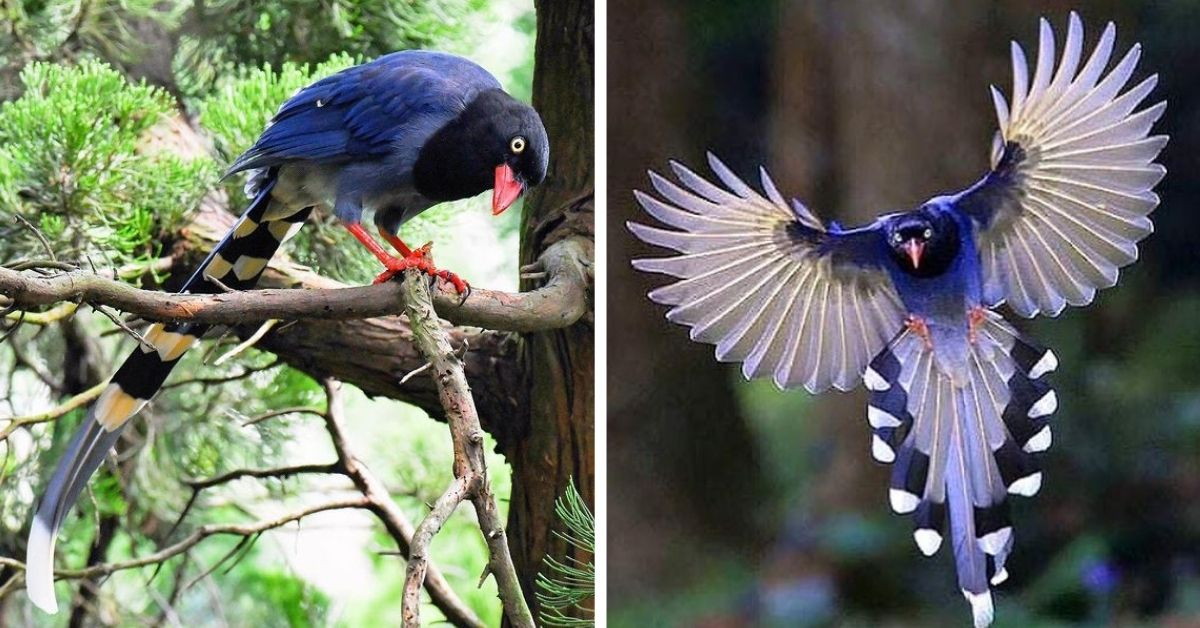
MEET THE TAIWAN BLUE MAGPIE
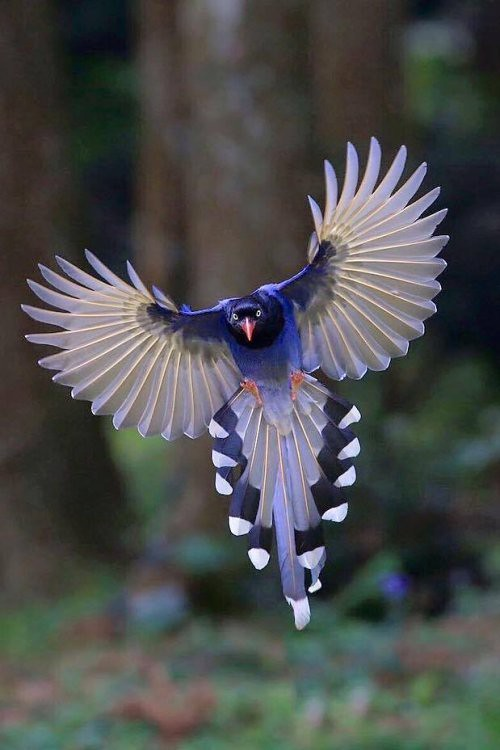
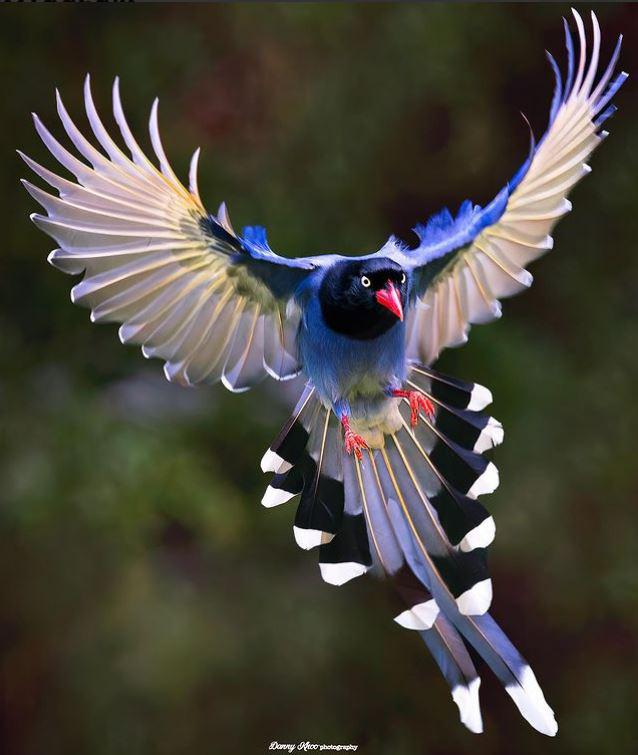
The Taiwan blue magpie (Urocissa caerulea), also called the Taiwan magpie, or Formosan blue magpie. They are about the size of the European Magpie, but with a longer tail. It is 64-65 centimeters in length, with the wing measuring 18-21 centimeters and the tail measuring 40 centimeters in length. Its head, neck, and breast are black, the eyes are iridescent yellow and the bill and legs are red.
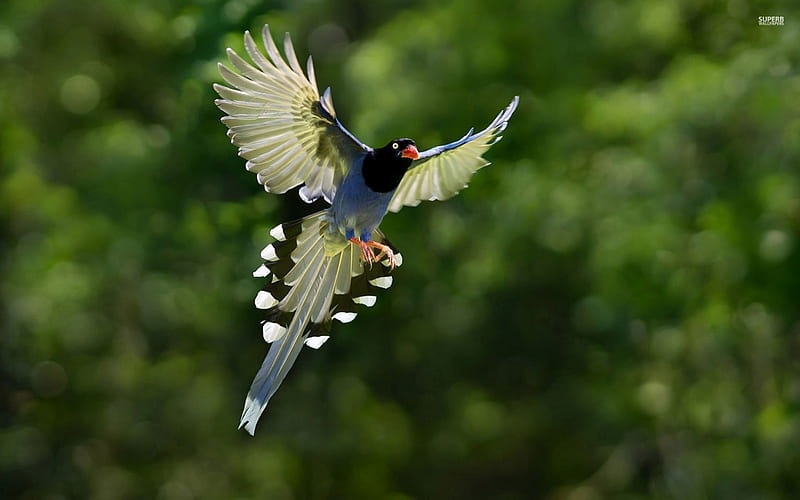

The rest of the plumage on the bird is a rich dark blue to purple in color. It also has white markings on the wings and the tail.
Males and females look almost identical.
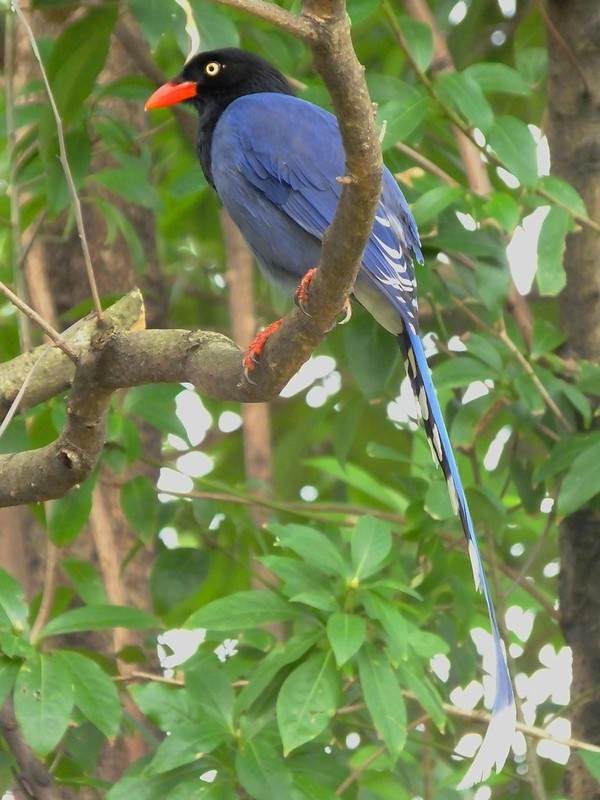
A member of the crow family, this bird is endemic to Taiwan.
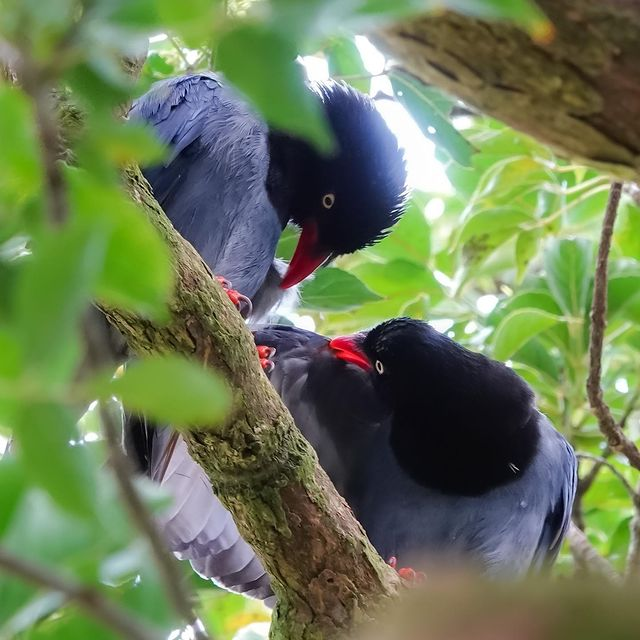
Taiwan Blue Magpies like to live in broadleaf forests at elevations of 300 to1,200 m (980–3,940 ft).

Well-known scavengers and omnivores, Taiwan Blue Magpies like to dine on snakes, rodents, small insects, plants, fruits, and seeds. However, fruit is their favorite with wild figs and papayas topping the list. They are known to store leftovers on the ground and cover them with leaves for future retrievals. Sometimes they store foods in the leaves or branches.
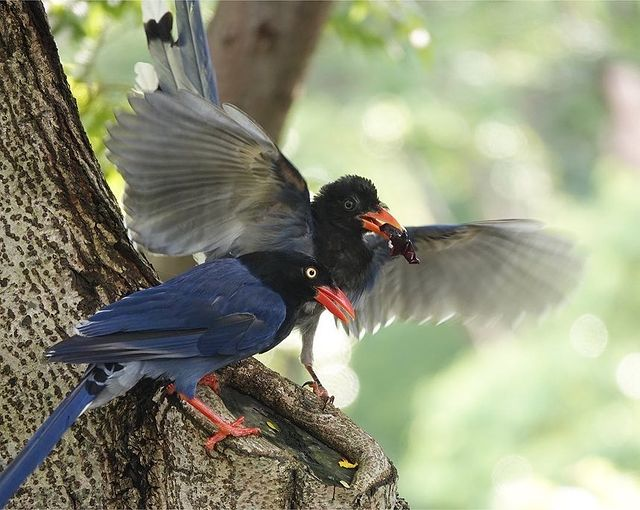
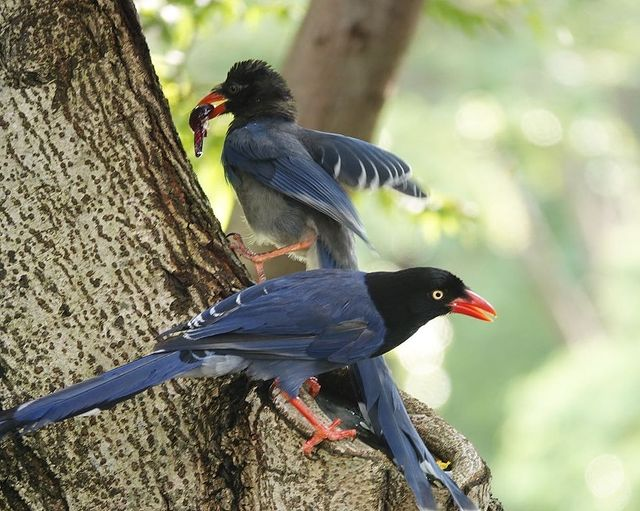
Formosan Blue Magpies are monogamous birds. Their nests are usually found in the woods and weeds. Rendezvous areas are mostly built on higher branches from March to April. The nest shapes like a bowl and is weaved with tweaks and weeds. Females hatch eggs while males help out with nest building and feeding. Usually, you can find 3-8 eggs in a nest. Eggs have an olive green color, with dark brown marks. Hatching takes 17–19 days and the success rate is 78.3%. This will yield 3-7 chicks per nest. Blue magpies have a strong nest defense behavior. They will attack intruders mercilessly until they retreat.
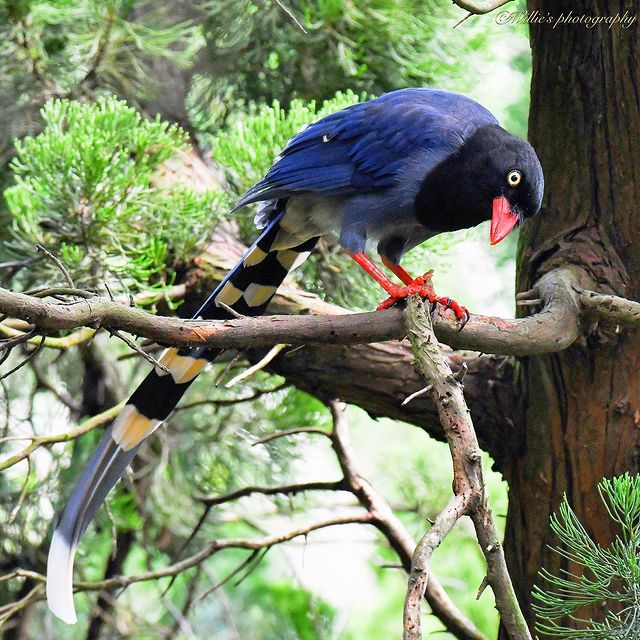
The IUCN Red List of Threatened Species has currently assessed the species to be of Least Concern as it is common throughout its range. Due to its endemism, however, the Formosan Blue Magpie has been listed as a rare and valuable species.
WATCH AND LISTEN TO THIS BIRD RIGHT HERE BELOW:
